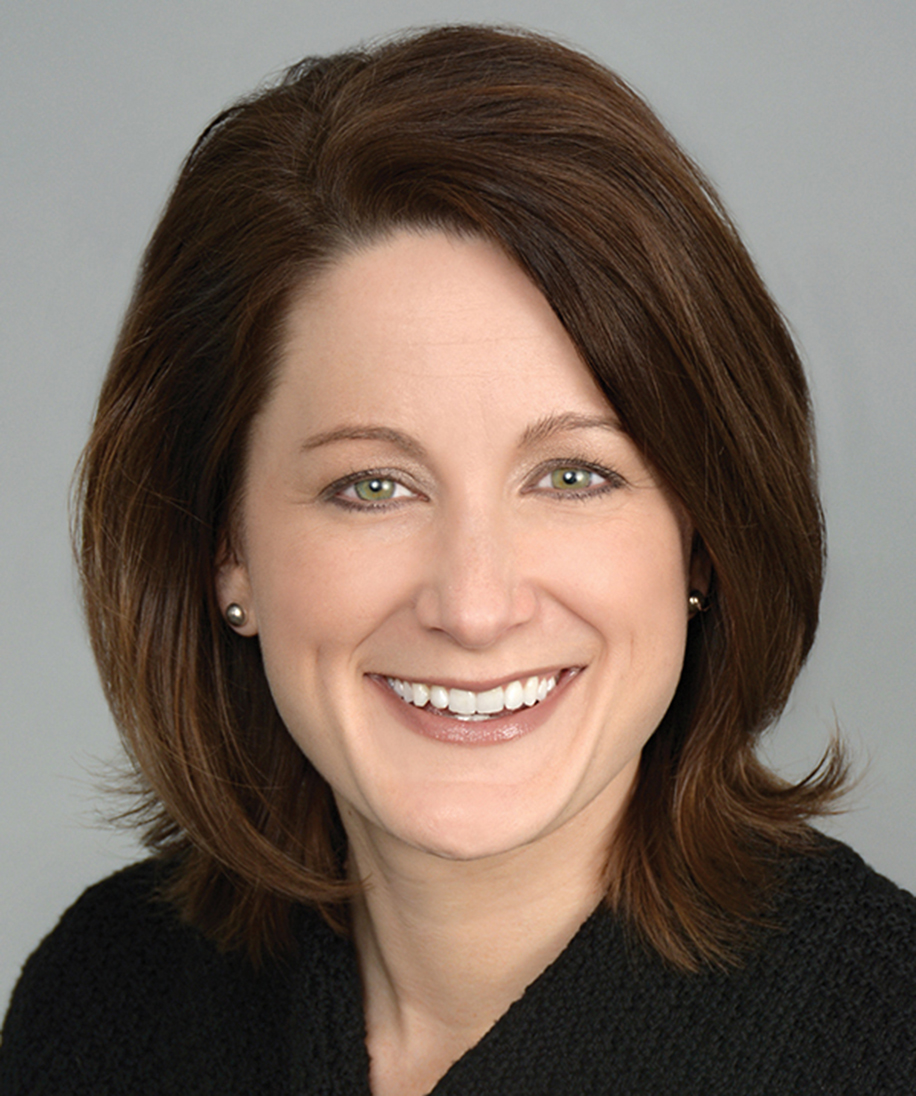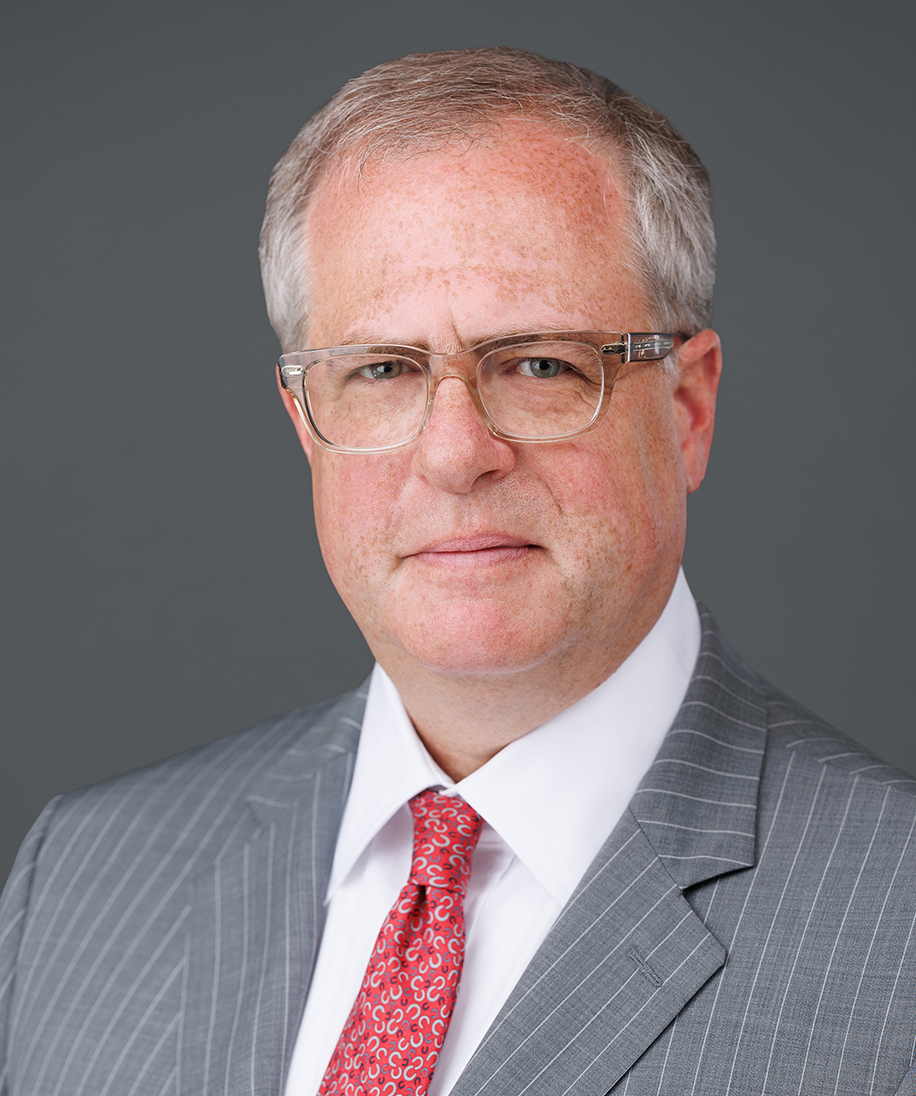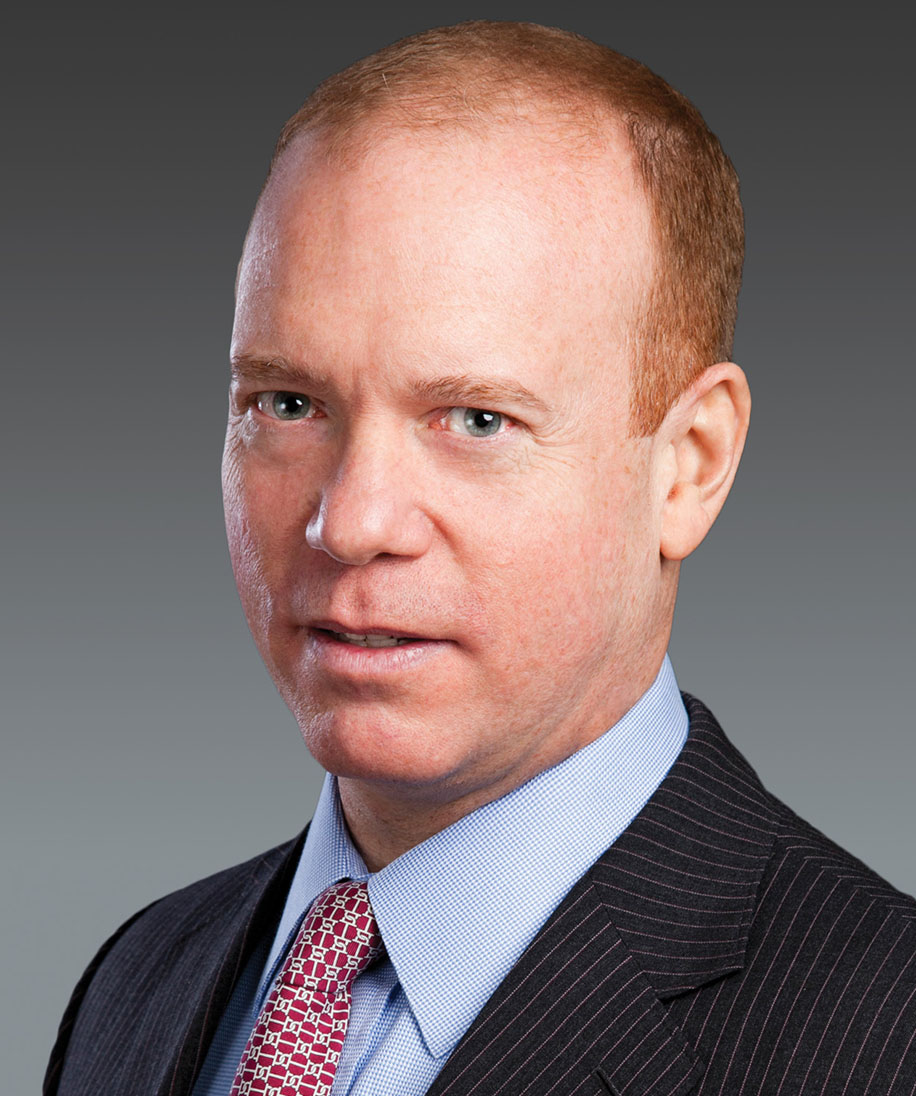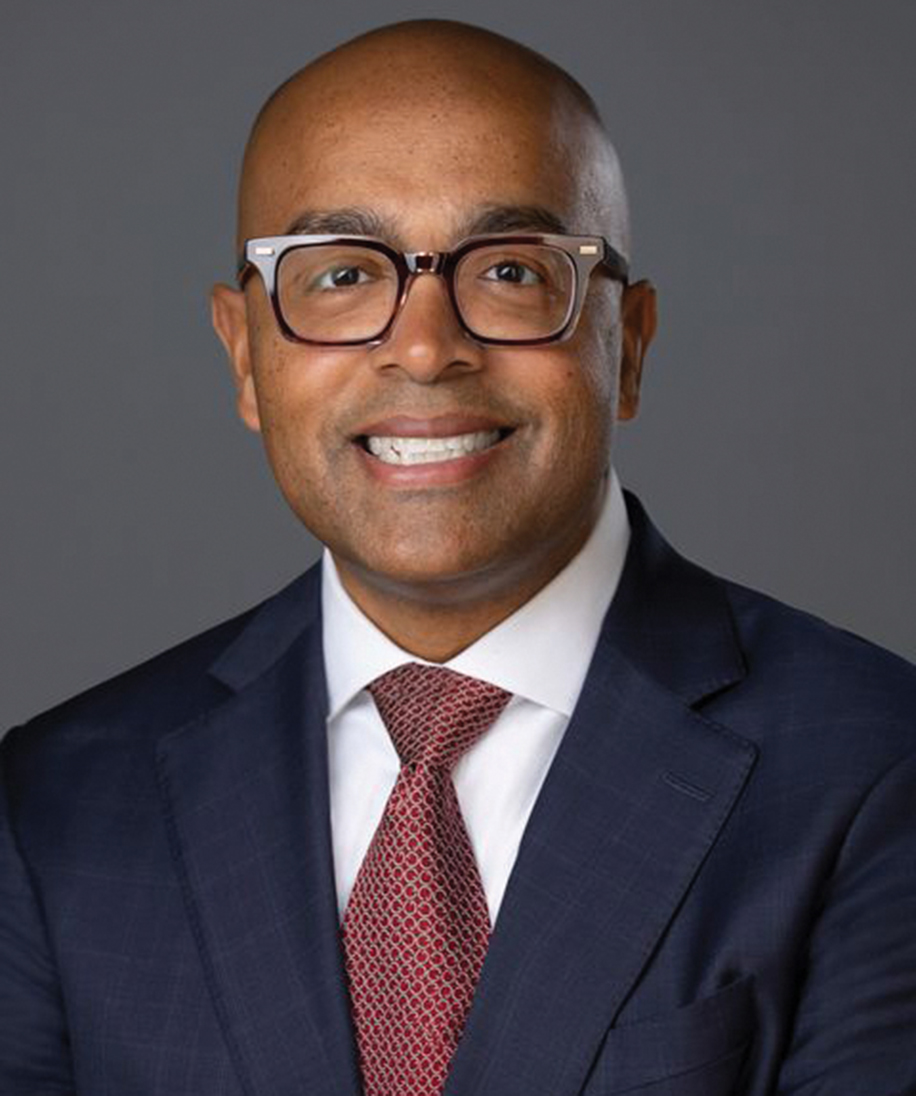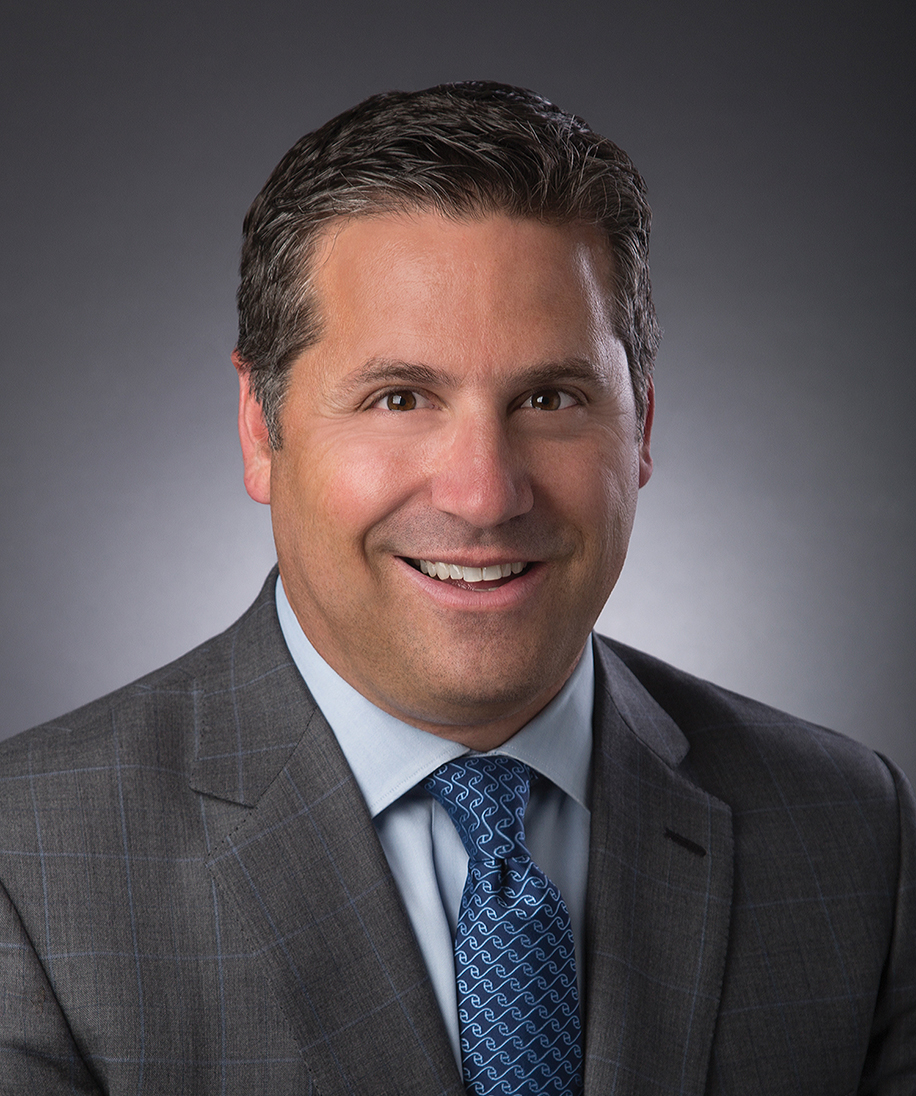Client Alert
Another Life Sciences Company Gets Hit Hard: Olympus Pays $646M to Resolve Corruption Allegations in a Unique Dual FCA / FCPA Resolution
March 28, 2016
By Gary Giampetruzzi, Tara Ravi & Zachary Zwillinger
Demonstrating the continued focus of the Department of Justice (“DOJ”) on the life sciences industry, on March 1, 2016, the U.S. Attorney’s Office for the District of New Jersey (“USAO”) announced a major settlement with Olympus Corporation of the Americas (“Olympus”), the U.S. subsidiary of Olympus Corporation, a Japanese company and the largest U.S. distributor of endoscopes and related equipment.[1] Of the $646 million settlement, $623.2 million relates to allegations of a scheme to pay illegal bribes to doctors and hospitals across the U.S. to induce purchases of its products, in violation of the Anti-Kickback Statute (“AKS”) and the False Claims Act (“FCA”). Significantly, the USAO concurrently announced a parallel settlement of $22.8 million to resolve breaches of the Foreign Corrupt Practices Act (“FCPA”). These resolutions, available here and here, combine to set two notable records: (1) the largest total amount paid in U.S. history for violations of the AKS; and (2) the largest amount ever paid by a medical device company. The FCA settlement resolves civil allegations filed in a 2010 qui tam action by John Slowik, the Company’s very own former Chief Compliance Officer, as well as criminal allegations subsequently brought by the government. Though certainly not the only takeaway, this latest blockbuster settlement in the life sciences sector sends one message loud and clear—the government (and qui tam relators and their counsel) remain focused on kickback violations both in the U.S. and abroad, and the life sciences sector remains a prime target.
Two Government Enforcement Favorites—The FCA and FCPA—Come Together
Enacted in 1863, the FCA, 31 U.S.C. §§ 3729-33, prohibits any person from knowingly presenting a false claim for payment to the federal government or knowingly making a false record or statement material to a false or fraudulent claim to the federal government. Amendments to the FCA in 2010 broadened the DOJ’s enforcement power by explicitly providing that a claim for items or services provided in violation of the AKS constitutes a false or fraudulent claim under the FCA. Because of the huge number of claims that the healthcare industry submits to the federal government through Medicare, Medicaid, Tricare, and other programs, payment and reimbursement practices across the industry are increasingly caught up in FCA investigations and enforcement actions. Between January 2009 and December 2015, the DOJ recovered nearly $16.5 billion in settlements from the healthcare industry through the FCA, including $1.9 billion recovered in 2015 alone.[2]
On the international front, the FCPA, 15 U.S.C. §§ 78dd-1, et seq., prohibits payments (or offering or promising payments) to foreign government officials to assist in obtaining or retaining business. The FCPA also requires companies whose securities are listed in the U.S. to make and keep books and records that accurately and fairly reflect the transactions of the corporation, and devise and maintain an adequate system of internal accounting controls. Because healthcare companies often have direct contact with personnel from public hospitals in foreign countries, and because the government considers such personnel to constitute “foreign officials” under the FCPA, many healthcare companies have recently been subject to FCPA actions.[3] Since 2002 (and especially since the medical device and pharmaceutical industry sweeps announced in 2009), there has been a surge in FCPA enforcement in the healthcare sector, resulting in hundreds of millions of dollars in settlements. The Olympus resolution, like those with Bristol Myers Squibb, SciClone Pharmaceuticals, and other recent cases in the sector, demonstrates that this trend of cross-border enforcement shows no sign of slowing.
This latest resolution with a life-sciences company also demonstrates a new strategy: the combination of these two powerfully active enforcement regimes. Life sciences, defense, and other companies with active FCA/AKS and FCPA exposure may now increasingly find themselves in parallel enforcement actions if they land before the government on one or the other of these anti-kickback statutes. This is a natural next step as the DOJ’s FCPA Unit increasingly looks to local USAOs, who have more traditionally focused on AKS enforcement and bring an abundance of additional resource riches to the table, to assist with FCPA enforcement.
Another Compliance Whistleblower
As has become the terrifying corporate reality in many enforcement actions, the Olympus matter began with a whistleblower. On November 15, 2010, John Slowik, an Olympus employee of 18 years, and Chief Compliance Officer since February 2009, filed a relator action in the District of New Jersey against Olympus, alleging breaches of the FCA, AKS, and state equivalents. The complaint alleges that Olympus had no compliance department before 2009, nor did it have any policies and procedures in place relating to the FCA, AKS, and FCPA before that time. Instead, Slowik was given the responsibility of creating Olympus’ compliance program from scratch, even though he had no legal training and no background in healthcare compliance. During the relevant period of time, the entire compliance department consisted of Slowik and one other employee, who also was neither a lawyer nor had any background in healthcare compliance. This arrangement didn’t last long, and didn’t work out well.
Olympus terminated Slowik in September 2010, allegedly in retaliation for having spoken up on various compliance issues. During his brief tenure as the Chief Compliance Officer, which ran only approximately 18 months before he brought his qui tam action, Olympus’ executives allegedly thwarted his efforts at every turn. For example, Slowik alleges that he questioned offers of free medical equipment made to customers and objected to the practices of Olympus’ sales and marketing representatives.[4] In response, Olympus CEO Mark Gumz allegedly told Slowik that his job was to “work around the rules” so as to “not impact the business.”[5] On another occasion, after Slowik told Gumz of notes Slowik had from a meeting memorializing inappropriate discussions concerning grants and off-label sales, Gumz deleted the notes from his email and said words to the effect that “no one will find it now.”[6] Slowik similarly alleges a litany of kickback violations, which have been seen before in resolutions, but nevertheless concludes in the largest dollar amount in U.S. history for kickback violations.
The Conduct and Settlement
The main charges against Olympus relate to a long-running kickback scheme. The government contended that, from 2006 to 2011, Olympus paid kickbacks to physicians, hospital employees, and representatives in order to induce them to purchase Olympus endoscopes and other Olympus medical and surgical equipment. These bribes facilitated more than $600 million in sales, yielding more than $230 million in gross profits. The conduct, as detailed in the criminal complaint, ranged from improper grants, to travel and recreation, to free products.
Grants. Olympus purportedly made kickbacks through a Grant Committee that was comprised largely of sales and marketing personnel. As explained in the criminal complaint, “Olympus’s management endorsed the strategy of using grants to build and retain the loyalty of Olympus customers and induce purchases of Olympus products.”[7] For example, as part of that Committee, an Olympus Vice President supported a $100,000 grant to a hospital because that hospital was “our #1 account in the U.S. and I have no intention of losing any of it to” a competitor.[8] Similarly, around August 2006, an Olympus sales rep had the Grant Committee approve a $50,000, three-year research grant for a hospital while the sales rep was trying to make a large sale to the hospital.[9] However, the sales rep and the head of the Grant Committee held up the grant until the hospital actually signed the deal to purchase Olympus equipment.[10]
Travel and Recreation. Olympus allegedly paid doctors’ expenses for travel and recreation to reward those doctors for past purchases and to induce future purchases of Olympus products. For example, around October 2007, Olympus sent three doctors to Japan for a week as a reward for the decision of a hospital to switch from a competitor’s products to Olympus’ products.[11] Indeed, one of the doctors thanked Olympus after the trip for “providing so much extra entertainment that we did not expect.”[12] The trip had apparently exceeded expectations.
Free Products. Olympus also purportedly provided doctors and institutions with endoscopes and other equipment for free in order to induce purchases of Olympus products. For example, “[f]rom in or about January 2006 through in or about September 2010, Olympus senior executives caused Olympus to give Doctor #1 approximately $400,000 in endoscopes and other equipment to use without charge in his private practice, and Olympus believed Doctor #1 had a major role in the decisions of Hospital #6, a leading New York medical center, to buy millions of dollars in products from Olympus.”[13]
And the alleged kickbacks purportedly did not stop at the U.S. borders. Olympus Latin America, Inc. (“OLA”), a subsidiary of Olympus, was alleged to have violated the FCPA in connection with bribes to health officials in Central and South America. According to the criminal complaint, from 2006 to 2011, OLA conspired to secure business with hospitals, medical facilities, and physicians by making and promising corrupt payments of money, personal travel, and free or heavily discounted equipment. As part of this conspiracy, OLA identified key opinion leaders throughout the region who could influence purchasing decisions, and lavished meals, parties, and expensive entertainment on these leaders to induce them to purchase or use OLA products.[14] Similarly, OLA established a “Miles Program” to provide free travel to key opinion leaders for improper reasons.[15] OLA also made, authorized, or offered hundreds of bribes to government officials in six different countries, totaling approximately $3 million.[16]
As a result of the settlement, Olympus will pay a total of $646 million to the federal and various state governments. Olympus’ violations of the AKS and FCA were resolved under a three-year deferred prosecution agreement (“DPA”), which requires Olympus to enact certain compliance measures, including a three-year, independent monitorship (with a potential two-year extension). Of the $623.2 million in settlement payments allocated to the FCA DPA, $312.4 million is classified as a criminal penalty, while $310.8 million is designated to settle the civil claims under the federal and various state FCAs. Olympus’ violations of the FCPA were settled by a separate DPA, under which OLA will pay a criminal penalty of $22.8 million and make a number of changes to its compliance procedures, which will be overseen by the same three-year independent monitor.[17] And as if the criminal resolution and civil settlements were not enough, Olympus has also entered into a corporate integrity agreement (“CIA”) with the Department of Health and Human Services’ Office of the Inspector General, available here, that likewise imposes disclosure, compliance enhancement, and testing requirements on the company for five years. For his part in bringing forth this case, Slowik will reportedly receive $51.1 million from the settlement of the FCA claims, including $44.1 million from the federal claims and $7 million from the state claims. He doesn’t share in the FCPA recovery.
Top Five Takeaways
Though there are many points of note in the Olympus matter, five stand out:
Record AKS Settlement Amount. The $623.2 million that Olympus has agreed to pay to settle the claims under the federal and state FCAs is the largest amount paid in U.S. history for violations of the AKS, and it is the largest settlement amount ever paid by a medical device company. While many of the largest FCA settlements in recent years have been connected to off-label promotion, the Olympus settlement shows the government’s growing emphasis on stopping payments that it views as improper. This is especially true for medical device manufacturers, who have in recent years become a common target for the DOJ. There was a time before the onslaught of off-label promotion cases over the past 5-10 years when AKS cases ruled the land. It certainly appears that, between the AKS and FCPA, more record recoveries tied to kickbacks are to come.
A Joint FCA and FCPA Settlement? With its simultaneous resolution of both FCA and FCPA claims, the Olympus settlement raises the possibility that the DOJ will increasingly use both legal theories to come after companies that have potential bribery exposure. Once a company is subject to government scrutiny on one of these statutes, it will need to seriously consider its potential exposure with respect to the other one. This may force companies to expand their own internal investigations into bribery allegations in order to stay one step ahead of the government, but this will be increasingly difficult as the DOJ and the USAOs continue to join forces in bringing multifaceted actions against companies in high risk sectors like heath care and defense. For instance, the Olympus settlements were the joint work of the USAO and the DOJ, as well as other federal agencies, including the FBI and the Department of Health and Human Services. Moreover, the same Assistant U.S. Attorneys that worked on the AKS criminal prosecution also prosecuted the FCPA case.
Compliance Officer Turns Whistleblower—Again. The size of the settlement payment, and the correspondingly large award to the qui tam plaintiff, is likely the result of the unique position that Slowik had at the Company. During his 20 years at Olympus, Slowik worked his way up to become the company’s Chief Compliance Officer, even though he had no legal training or background in healthcare compliance. During his short tenure as Chief Compliance Officer, his efforts to stop improper conduct were repeatedly rebuffed by Olympus’ CEO himself. Significantly, as a non-lawyer, Slowik was not subject to the ethical rules that prevent attorneys from participating in or receiving a whistleblower award.
There is a growing trend where corporate compliance officers successfully receive whistleblower awards. Under Dodd-Frank, for example, while compliance officials are generally ineligible to receive whistleblower awards, they can become eligible if the whistleblower has a reasonable basis for believing that the disclosure to the SEC is necessary to prevent the company from engaging in illegal conduct that is likely to cause substantial financial harm.[18] However, compliance officers that are also lawyers generally may not be able to take advantage of qui tam provisions and their potentially large payouts. There have been ethical opinions and court decisions that have shown that a lawyer’s ethical duty not to use confidential information from a former client could prevent that lawyer from serving as a whistleblower in a qui tam action.[19]
With the ranks of corporate compliance organizations comprised in many cases of non-lawyers, who often come into direct contact with the worst breakdowns and potential violations of law, whether through involvement in investigations or otherwise, it remains to be seen whether more of these guardians of corporate ethics and compliance will go for the big whistleblower payday. And it also remains to be seen whether companies, as they come to grips with the frightening reality that the very compliance people brought into the know can bring on these kinds of enforcement nightmares, will re-evaluate their compliance roles, responsibilities, and staffing in order to mitigate the risk of the compliance officer turned whistleblower.
Japanese Companies Are at Risk. The Olympus settlement demonstrates that Japanese companies are continuing to become targets of federal prosecution. The conduct that resulted in both the FCA and FCPA settlements occurred in Olympus’ U.S. and Latin American subsidiaries, showing that Japanese companies cannot continue to employ what some have considered to be a somewhat different approach to compliance. The reality is that previous enforcement actions against Japanese companies have been infrequent, both in terms of U.S. healthcare and FCPA enforcement. Some have argued that the infrequency of such enforcement, as well as cultural differences in the area of compliance, may be the underlying premise of the approach taken. However, when Japanese companies have faced enforcement, it has been costly, resulting in over $380 million in civil and criminal penalties in connection with just a few settlements. With the announcement of the record breaking Olympus settlement, it is clear that Japanese companies must reckon with their exposure to U.S. law, with both the AKS and FCPA.
District of New Jersey on the Move. With the blockbuster Olympus settlement, the District of New Jersey has again shown that it is a significant force in the world of healthcare enforcement. In the last few years, the District of New Jersey has reached a number of big dollar settlements for healthcare fraud against hospitals and pharmaceutical companies.[20] The Olympus settlement arguably takes the District of New Jersey to the next level, and adds another office alongside the likes of the District of Massachusetts, the Eastern District of Pennsylvania, the Southern District of New York, and others at the forefront of healthcare fraud enforcement.
***
[1] https://www.justice.gov/usao-nj/pr/medical-device-company-will-pay-646-million-making-illegal-payments-doctors-and-hospitals.
[2] https://www.justice.gov/opa/pr/justice-department-recovers-over-35-billion-false-claims-act-cases-fiscal-year-2015.
[3] See, e.g., In the Matter of SciClone Pharmaceuticals, Inc. (https://www.sec.gov/litigation/admin/2016/34-77058.pdf); In the Matter of Bristol-Myers Squibb Company (http://www.sec.gov/litigation/admin/2015/34-76073.pdf).
[4] Slowik Complaint ¶ 183.
[5] Id. ¶ 184.
[6] Id. ¶ 209.
[7] See FCA Complaint ¶ 7.
[8] Id. ¶ 7.a.
[9] Id. ¶ 7.c.
[10] Id.
[11] Id. ¶ 8.a.
[12] Id.
[13] Id. ¶ 9.b.
[14] FCPA Complaint ¶ 3.d.
[15] Id. ¶ 3.f.
[16] Id. ¶ 3.j.
[17] Notably, the FCPA DPA noted that OLA did not timely, voluntarily disclose the FCPA violations at issue to the government, but the settlement did nonetheless reflect a 20% cooperation credit to OLA given its efforts such as conducting an internal investigation, translating foreign language documents, and preparing evidence for the USAO.
[18] http://www.paulhastings.com/docs/default-source/default-document-library/whistleblower-client-alert-final.pdf.
[19] Opinion 746, New York County Lawyer’s Association’s Committee on Professional Ethics (Oct. 7, 2013); United States v. Quest Diagnostics Inc., 734 F.3d 154 (2d Cir. 2013). See also http://www.paulhastings.com/docs/default-source/PDFs/whistle-blower-update.pdf?sfvrsn=0.
[20] https://www.justice.gov/usao-nj/pr/major-new-jersey-hospital-pays-125-million-resolve-kickback-allegations; https://www.justice.gov/usao-nj/pr/par-pharmaceutical-companies-inc-pleads-guilty-admits-misbranding-megacer-es.

